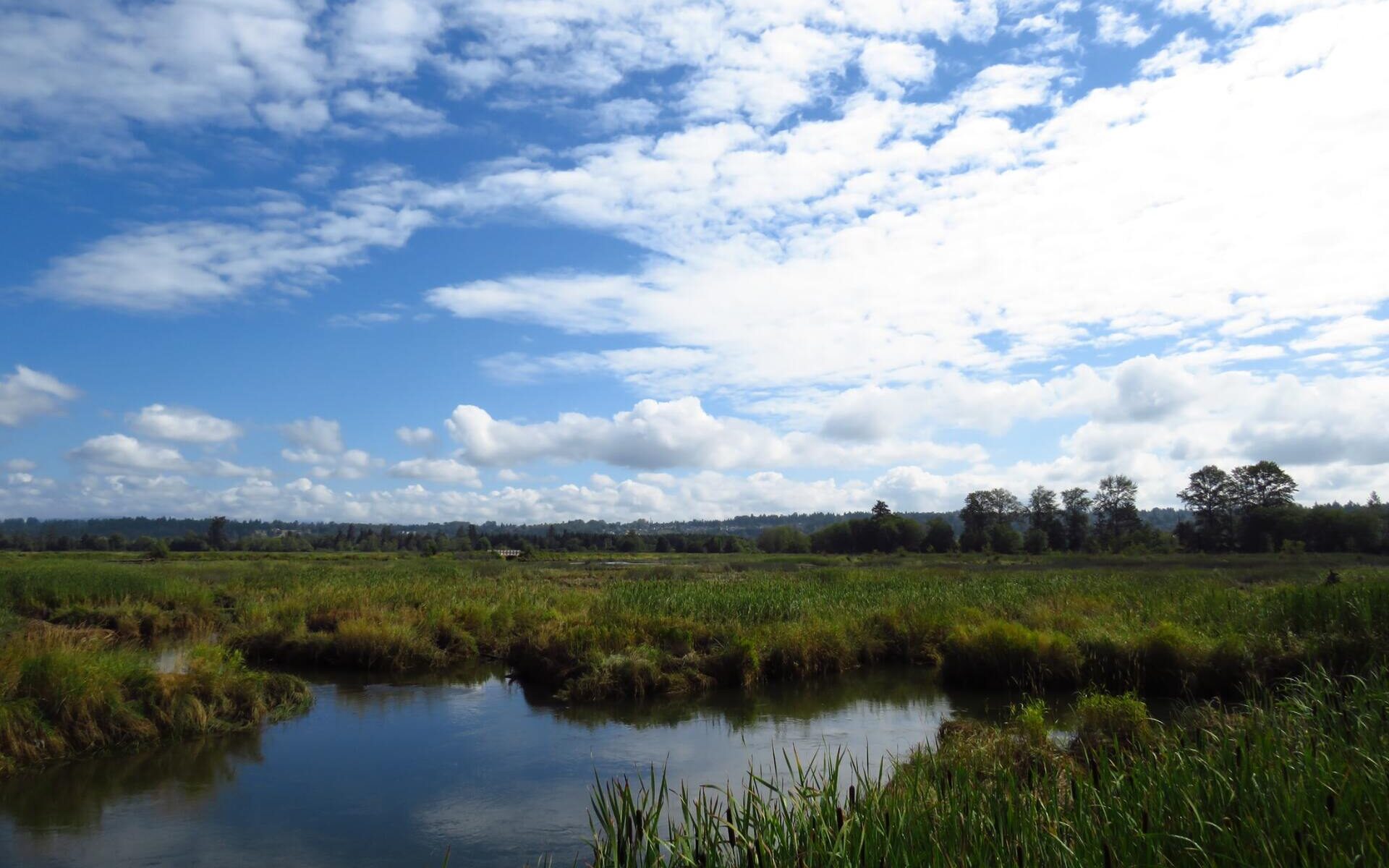EcoPerspectives Blog
New Hampshire’s Wetlands: How the N.H. Court in Greenland Eliminated a Key Component for Wetlands Protection
By Andrew Lechner
August 18, 2020
In the early 2000s, a developer proposed a large housing development project in the town of Greenland, New Hampshire. [1] The project involved subdividing 212 acres of land into 79 separate housing lots. Of the 212 acres, 85 were protected wetlands, and some wetlands would have to be filled to make way for roads within the development. Accordingly, the Department of Environmental Services (DES) was required to review the project and either grant or deny the developer a permit to fill the wetlands necessary for the project to move forward. The DES ultimately granted a permit to fill 42,350 square-feet of wetlands to make 12 roadways.
After the DES granted the permit, the Greenland Conservation Commission (GCC) filed a lawsuit against them. GCC argued that the DES did not correctly review the project’s potential impacts on the affected wetlands. GCC believed that the DES should have looked into more than just the direct impacts from dumping dirt into 42 thousand square-feet of wetlands. Rather, GCC argued that the DES should have considered a wider array of potential impacts on the wetlands, including the impacts from all of the construction that would take place. The key to GCC’s argument was that the “upland” construction components of the proposed project would negatively impact the surrounding wetlands (from things like habitat fragmentation and stormwater runoff), so the DES should have considered such impacts.
This issue made its way to the New Hampshire Supreme Court, in which the court dropped a bomb of a ruling against New Hampshire’s wetland protection. In Greenland Conservation Com’n. v. N.H. Wetlands Council , [2] the court took the stance that any and all development activities are irrelevant for the sake of wetland impact review, unless the activity is physically conducted within a wetland. The court effectively limited the DES’s review authority as such, so the DES cannot look at other potential impacts even if it wanted to. This includes indirect and cumulative impacts.
The court’s reasoning behind its decision consists of two key errors, deriving from its reading of the applicable New Hampshire statute: the Fill and Dredge in Wetlands Act (“Wetlands Act”). First of all, the court basically overlooked the purpose of the Wetlands Act. The purpose of the statute is to protect and preserve New Hampshire’s valuable wetland ecosystems from “despoliation and unregulated alteration.” [3] Accordingly, the Wetlands Act invokes a number of criteria in order to receive a permit. However, the court cast aside any reflection of purpose in the statute and instead read its title (“Fill and Dredge in Wetlands”) as a limiting factor for the statute. According to the court, the only activities that the DES is authorized to consider, for the purposes of the Wetlands Act, are fill and dredge activities within wetlands.
Second, the court essentially twists the words within the Wetlands Act to conform to its own reasoning. The court consistently described “construction activities” in its holding, and differentiated between construction activities performed within wetlands, versus construction activities performed anywhere else. The problem, however, is that the Wetlands Act never makes such a distinction. Rather, the Act consistently describes “projects” in a general sense, and only categorizes them as either major or minor projects. The Wetlands Act never expresses any intent to split up development projects into different portions for the sake of wetland review. The court had injected its own term into the statute to back up its limiting decision.
While the fallout from this New Hampshire Supreme Court decision is not currently clear, it undeniably had negative consequences on the State’s wetlands, and still does. Development proposals currently require no wetland impact analysis for any part of a project except that which is directly held within a wetland, and the DES cannot consider any other portion of such project. Without this analysis, wetlands are bound to be negatively impacted from cumulative and indirect impacts that result from risky projects close-by.
[1] https://caselaw.findlaw.com/nh-supreme-court/1185068.html
[2] Id.
[3] https://www.gencourt.state.nh.us/rsa/html/L/482-A/482-A-1.htm
The post New Hampshire’s Wetlands: How the N.H. Supreme Court in Greenland Eliminated A Key Component for Wetlands Protection appeared first on Vermont Journal of Environmental Law.

